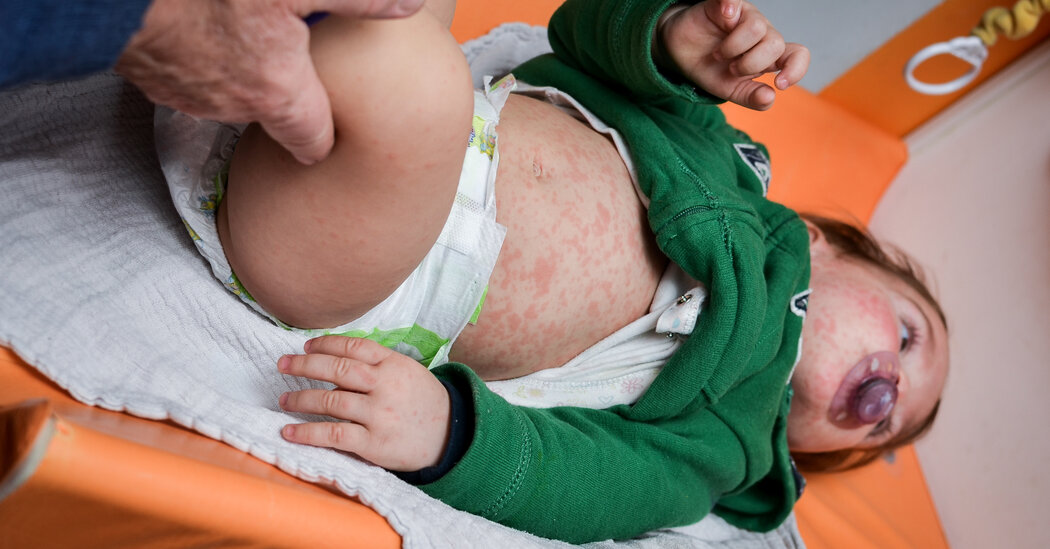Some of President-elect Donald J. Trump’s picks for the government’s top health posts have expressed skepticism about the safety of childhood vaccines. It’s a sentiment shared by a growing number of parents, who are choosing to skip recommended shots for their children.
But while everyone seems to be talking about the potential side effects of vaccines, few are discussing the diseases they prevent.
It has been half a century or more since many of the inoculations became routine in the United States, and the experience of having these illnesses has been largely erased from public memory. Questions today about the risk-benefit ratio of vaccines might just be a product of the vaccines’ own success.
Here is what people should know about six once-common illnesses that vaccines have contained for decades.
Measles
Measles, a viral infection often spread by a cough or sneeze, is extraordinarily contagious: Nine out of 10 people around an infected person will catch measles if they have not been vaccinated. Measles can be contracted in a room up to two hours after a person with the disease has left it.
Measles is not a mild illness, particularly for children under 5. It can cause a high fever, coughing, conjunctivitis and rashes, and if it leads to pneumonia or encephalitis — brain swelling — it can quickly become lethal. Before the vaccine was licensed in the United States in 1963, almost every child had contracted measles by age 15. Tens of thousands of measles patients were hospitalized each year, and between 400 and 500 of them died.

